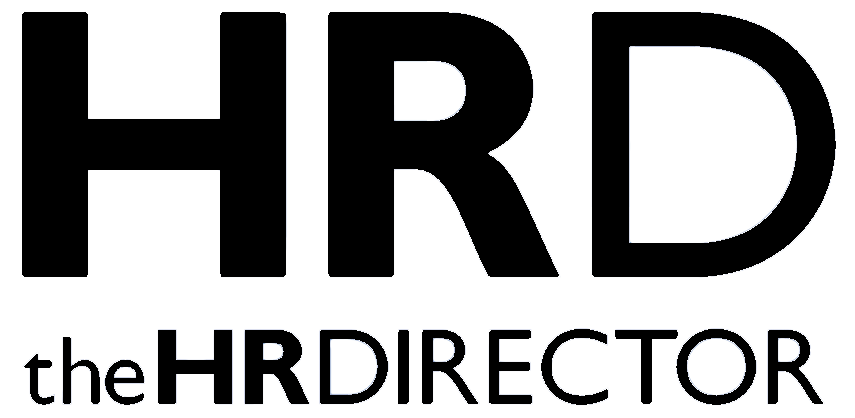Too many workplace mental performance initiatives start with enthusiasm but fizzle out without leaving a lasting impact. Here’s how to change that. You’ve probably seen it happen before: a well-attended webinar on mental resilience sparks interest for a week or two, or an insightful blog post on the company intranet generates some discussion… and then nothing changes.
Despite good intentions and even positive initial feedback, these kinds of interventions often fade into the background, leaving leaders wondering: Did we actually make a difference?
If you want to implement a mental performance enhancement programme that creates real, lasting change, not just a feel-good moment, it’s time to get strategic. Drawing from decades of psychological research and real-world organisational outcomes, here are the essential ingredients for embedding a solution that your people remember months and years later.
1. Use What Works: Follow the Science
When it comes to changing behaviour and improving performance and resilience, there’s no need to reinvent the wheel. Cognitive Behavioural (CBT) approaches, long used in therapeutic settings, have proven just as effective in workplace environments. They help individuals reshape unhelpful thought patterns, improve emotional regulation, and build stronger decision-making muscles, all crucial for thriving under pressure.
Studies have shown that CBT-based programmes are particularly effective in improving subjective work performance (Kimura et al., 2015), in reducing workplace stress and enhancing psychological wellbeing (Crum et al., 2020; Jamieson et al., 2018; Richardson & Rothstein, 2008; Hofmann et al., 2012; Cuijpers et al., 2013).
These evidence-based strategies are not just for clinical use. They are adaptable, accessible, and offer practical tools for everyone from frontline staff to C-suite leaders.
Takeaway: If you want real change, use real science. Invest in approaches grounded in robust psychological research. Your workforce deserves more than fads and fluff.
2. Tap Into What Matters to People
Lasting change doesn’t happen without motivation. For any resilience or performance programme to work, it must connect to what your people care about.
Motivation fuels commitment. It drives people to start, persevere, and succeed, even when things get hard. The most effective interventions are those that allow participants to define their own goals, identify meaningful areas of growth, and see how small shifts can make a big difference in their lives.
When people see the “why” behind a new habit or mindset, they’re far more likely to stay the course.
Call to Action: Design your programme around your people’s values and personal goals. Change sticks when it’s deeply relevant to those going through it.
3. Get Buy-In Across the Board
Leadership support isn’t just a bonus. It’s a necessity. If your CEO or team leads aren’t behind your people initiatives, chances are they won’t go far.
Start small with a pilot programme, gather outcome data, and share the results widely. Leaders love a good case study, especially when it’s internal and data-backed. Use early wins to generate momentum and make your case for scaling up.
Tip: Don’t launch a company-wide programme on day one. Start with a targeted group, track progress, and let the results do the talking.
4. Strategies Need Collaboration, Not Isolation
One-off interventions or isolated initiatives can only go so far. For long-term cultural change, your performance enhancement and resilience-build programme needs to be integrated across the business.
That means linking it to your leadership development strategy, team culture, onboarding processes, and internal communications.
Shared methods and goals encourage mutual understanding and collaboration. That’s when change becomes embedded, not just encouraged.
Integration Tip: Make mental performance and resilience part of the daily conversation, not just the occasional workshop.
Final Thoughts
Too often, potentially valuable mental performance programmes and coaching initiatives are treated as short-term perks or box-ticking exercises. But when you approach them strategically, with evidence-based tools, personal relevance, leadership support, and company-wide integration, they become transformative.
You’ll start to see employees who are not only more resilient but more engaged, empowered, and effective in their roles. That’s a win for wellbeing and a win for business.
Conclusion: For impact that lasts, treat mental performance and resilience like any other business-critical strategy: with purpose, planning, and measurable outcomes.






